The Devil’s Advocate

by Andrea Castaneda
There appears to be a recurring theme in Star Trek that showcases how a planet's native species respond to human interaction. In “Arena”, “Galileo Seven”, and “Man Trap”, we’re presented with an outright hostile response that thwarts the possibility of a sustainable settlement. “Devil in the Dark " appeared, at first glance, to go in this direction. However, it is the way this week’s “monster” is framed in an empathetic light that sets this episode apart.
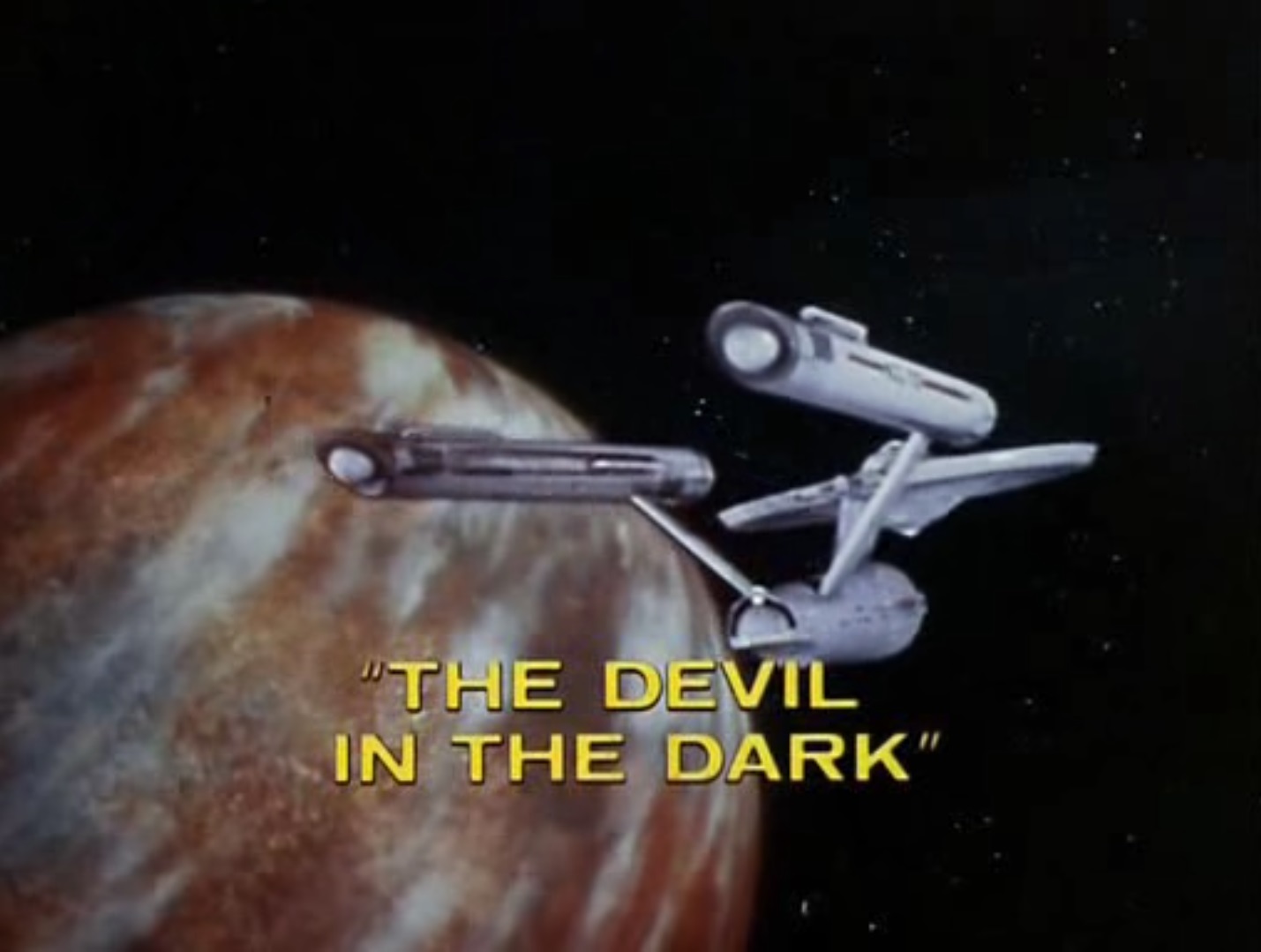
The episode proceeds predictably…at first. On planet Janus VI, a mysterious thing is killing man after man deep in the Pergium mines. Enter the Starship Enterprise, who are called to investigate the matter. After getting briefed by colony chief mining engineer Vanderberg, Kirk and his crew set out to track down and kill whatever this creature is. But not before Spock examines a perfectly spherical rock, describing it as a “geological oddity”. Vanderberg refers to it as a silicon nodule, saying his team found thousands of them after they opened a new level.
It didn’t take a lot of brain power for me to deduce that the nodules were probably the creature’s eggs. The mining operation threatened its nest, so the creature began to defend it. The Gorn in “Arena” and primitive species in “Galileo Seven” responded with a similar hostility to the perceived “invaders”. Why would this creature be any different?

"This egg-like thing? No idea what it is."
Suddenly, alarms blare, the crew rushes outside, and to their horror they see there’s been another attack. Not only is another man left dead, but the creature has taken a vital piece of equipment, one necessary to sustain human life. And while Scotty’s ingenuity buys them time, they now have a race against the clock. Perhaps that’s why Kirk takes on a more militant approach, ordering his men to shoot the creature on sight.
Eventually, Kirk and Spock come face to face with the creature at last. Looking like a blob made out of a shag rug and Chef Boy-ar-dee, it approaches them, and the men fire their phasers. Wounded, a piece breaks off, and it retreats back into the rock. Examining the piece, the men conclude that it is a silicon based lifeform–explaining why it didn’t appear on their carbon-based lifeform scans. As the men speculate about what the creature is, a fear dawns in Spock that it may be the last of its kind.
We are given a similar situation in "Man Trap", in which a lone shapeshifting salt-sucking creature kills many members of the Starship Enterprise to survive. But as the conflict hinges more on McCoy's personal affection for the creature–who looks like his old flame–its death is more symbolic of McCoy choosing duty over love. We get one mournful moment when Kirk reflects on the now extinct species, but it is framed as something that had to be done.
But this is where “Devil in the Dark” makes the most significant deviation from the format. When confronted with the creature again, Kirk has a change of heart when he sees it recoil from the sight of the phaser. Realizing it may be more than just a mere animal, he asks Spock–who now wants the creature dead to save Kirk–to touch minds with it.

Heart to…heart?
This was the moment that made this episode stand out for me. Speaking through the Vulcan, the creature identifies itself as a Horta and explains how she only started the attacks after the miners destroyed her eggs. Because the rest of her species died out, something that happened every 50,000 years, she was left as the lone protector of the eggs.
We are given a similar exchange in "Arena", when the Gorn tells Kirk his kind "destroyed invaders" of his planet, but it isn't nearly as emotionally charged as the Horta’s. Through Spock, the creature sobs, lamenting the impending doom of her kind and calling the humans “murderers” and “devils”. Kirk now realizes the misunderstanding and calls McCoy to heal and save the creature.
Unbeknownst to them, the angry mob of miners overwhelm the Enterprise’s security team, and rush to claim… whatever the Horta has for a head. But Spock, having learned her species’s history, convinces them that she is benevolent by nature. As proof, he explains that she had known about the human colony for the last 50 years, only attacking in recent months as a last resort to protect her species. And by some miracle, the men’s anger is suddenly quelled, having seen the error of their ways. It is, perhaps, an over-generous portrayal of human forgiveness. But maybe the agreement of letting Horta hatchlings help in their mining operations–thus giving them more profit–is what helped let bygones be bygones.
“Devil in the Dark” isn’t a flawless episode. But the moving portrayal of the Horta lamenting her lost future is what made this episode one of my favorites. It offers a new perspective for what the native species of a planet may feel when confronted with the “alien” humans. Still, I can't help but spare a thought for the salt-creature of "Man Trap", and even the Gorn in "Arena", who also may have felt the same sense of existential anguish.
Five stars.
FUTURE IMPERFECT

by Joe Reid
I love and enjoy a good sci-fi story. I am a lover of the works of Mr. Robert Heinlein and other masters like him. In the pages of a good sci-fi book you have fantastical worlds and brave people that are navigating those worlds for the adventure, to save those they care for, and to just plain do what is right and honest. Good sci-fi is so unlike our present world, where the strong, by hook or by crook, take what doesn't belong to them for the benefit of some high and mighty master who already got more scratch than a dog with fleas. Scratch stands for money, for those of you unfamiliar with street lingo.
So this episode comes along and reminds me a little too much of the world we live in. It starts off underground on a planet with the cleanest looking miners I ever laid my eyes on. They have a problem. Something is stopping the means of production of whatever it is that these miners in their all too clean jumpsuits need to mine. That problem is these workers are dying for some reason. Notice that it takes 50 of these men dying before the corporate bosses do something about it.

"You'll be just fine… Bob, was it? Ah, who cares?"
What do their bosses do about it? They do what all big money types do. They send in a fixer to make the problem go away. In comes the crew of the spaceship Enterprise. Their leader Captain “Jim” Kirk shows up and it is pretty obvious early on that all he cares about is making sure that the miners get back to producing. It doesn't matter that there’s 50 men fewer to do the work they were doing before. Money is money!
For almost all of the episode, Kirk is single-mindedly focused. Getting those space rocks moving is more important than anything else. So much so that when we learn that the creature that is killing the miners is a new form of life never seen before, Kirk would rather eliminate it than try to communicate with it. Dr., or Mr. Spock (I get confused about which is right) tries to stop him from killing the creature, but it is to no avail, as the call of space dollars drowns out any call to “seek out new life and new civilizations”. Kirk cruelly dismisses the concerns of his friend and pulls rank on him to force compliance out of the creature. So much for friendship huh, Jim?

"I'm right behind you, Spock."
In the end, it appeared to the viewer that Kirk had a change of heart and started to care about something other than money. He then uses Mr. Spock to talk to the creature, putting Spock at personal risk. For what? So that Kirk can save the creature? Bring back the dead miners? Nope! Having discovered that the creature was smart and didn’t want its species to be killed off, Kirk understood that he could use that fear to make even more money for the corporate interests that he works for. Thinking just like the greedy men of our world, and crushing any hope that the future will be a better place for any of us.
[I'll also note a striking thing Joe said after the episode: "Everyone's happy. The natives work for free, and in return, they get to keep their lives." One wonders if the Horta would have been preserved had they not been such good miners… (ed.)]
Before ya’ll get too upset with me, I know, this is just a TV show. It isn’t real. I'll tell you what though. Things we see on TV and read in paperbacks might very well be real. Only, not just yet. It is the kind of real that we hope to see someday. The kind that we will make happen in time.
And that's why I didn’t care much for this episode of Star Trek. Instead of providing a hopeful vision of the future, I just got to see the same kind of motivations that leap up at me from the pages of newspapers. I hope that the creators of this show can offer me something more hopeful in other episodes. If Star Trek keeps looking like downtown Detroit, where big corporate bosses only care about profits and send their stooges to enforce their desires, I fear that there may not be much future for this picture of the future.

Friendly interaction in Kercheval, Detroit, last summer.
3 stars
A Vulcanian’s Best Friend

by Abigail Beaman
If you were to ask my opinion about Gene Roddenberry's Star Trek, I would of course start gushing over how much I love the cast and concept of the show. It has to be one of my favorite programs that I sit down and watch regularly. Each character has a unique personality that sets him and her apart from each other, so much so that I can remember their names.
While Captain James T Kirk is charismatic and headstrong, Doctor Leonard “Bones” McCoy is cantankerous and hot-headed; but no one stands out as much as Mister Lieutenant Commander Spock. The reason is simple: he is half-Vulcan(ian?), an alien race whose members either lack emotions or repress said emotions. Due to his half-Vulcan side, Mister Spock is best described as a logical, calm, and stoic computerized man. And while it seems he gets along with most of the crew, despite his emotionless stature, there seems to be just one person that Spock truly cares about on the Enterprise. That man of course is Captain Kirk.

How do I reach this conclusion? Well, simply the only time Spock seems to break his stoic behavior and disregard any morals he has (without the aid of a certain flower’s spores) is when Kirk is in trouble. This episode shows just how deep the relationship runs between the half-Vulcan scientist and the charismatic human captain.

At the start of the episode, Spock makes it clear that he doesn’t want to kill the Horta, as he believes it to be the last of the species, a reservation he expressed in "The Man Trap", too. Spock in other episodes also has demonstrated that he values life above all else. It seems that preserving life is a moral of his and to break it would be like him breaking his stoic, Vulcan behavior. Even when Kirk tells the security team that they are to kill the Horta on sight, Spock disregards this direct order and tells the team to try to keep it alive if possible.

"Spock, what did I just say? Kill, not capture."
That is, until Kirk is at the Horta’s mercy. Spock’s opinion of the situation changes entirely: he tells Kirk to shoot it, to kill it before it kills him. The fear that Spock displays not only in his voice but also his movements clearly paints a picture, that Kirk is someone Spock cherishes greatly. Spock runs down the cave to save his friend only to find out Kirk has had a change in heart. Spock was not only ready to kill the Horta, but to sacrifice his own morals for Kirk. I don’t know about you, but the only time I would consider betraying my morals is for someone I consider a true friend, not someone who I work with.

"I'm quickening my pace, Jim!"
Clearly, the relationship between Spock and Kirk goes beyond that of just co-workers. It's a revelation that has been a long time coming, and a welcome one. Which is why I felt compelled to discuss it over any other aspect of the episode. That Spock sees Kirk as someone he cares about, enough to break his “Vulcanian cool” and morals to save, leaves me reassured. Maybe Spock can't be "happy", as he stated last episode. Nevertheless, even if Spock is an emotionless alien, he still can find a kind of companionship in his best friend, Jim Kirk.
Four stars.
Fighting Fire with Empathy

by Jessica Dickinson Goodman
I loved the twistiness of this episode. First Kirk wants to kill the Horta, then he defends it with not only his own life, but his crew's bodies. First it's a monster, then a mother. First Spock is his usual cool, emotionless self, and then he is screaming in pain as he connects himself mentally to the Horta. First the silicon nodules have "no commercial value" and then they become the hope of a new golden age of mining on Janus 6.

"Oooo, that smarts!"
Just like in "Arena," in "The Devil in the Dark" we are confronted with the colonial shortsightedness of Starfleet. Janus 6 is a "long-established colony" whose longtime colonists have somehow managed to miss an entire species of rock-dwelling creatures. Now, their 50,000 year breeding cycle might explain this, but stepping away from the specifics, it does remind me of modern failures of imagination, particularly in cases of colonial governments failing to understand the places they seek to control.
For example, the refusal of the U.S. Forest Service to use the wildfire management strategies that the Tongva Nation, Chumash Bands, and other peoples have used since time immemorial in what is now called California. Last November, this led to the tragic death of 10 hotshot firefighters in the Loop Fire near Los Angeles. Like the Horta, that wildfire burned hot and seemingly without reason; but wildfires, like Hortas, often have a logic of their own. The canyons that burned in the Angeles National Forest had been left uncleared for decades of misguided fire-suppression policies. When all of that mass had built up, of course it burned too hot and too fast to stop. The failure of the Janus 6 geologic survey team to find local life built up another kind of conflagration, one that killed 50. One hopes they won't make that mistake again.

The Loop Fire
Though we can't use Spock's Vulcanian skills to read the minds of wildfires, one of the beauties of science fiction is the hope that we might one day communicate with someone as different from us as blood and stone, or fire and water. The tension between what is and what could be, the twistiness as we get from here to there, is the fun of the genre, and this episode did a great job of letting us enjoy the ride.
4 stars.
In the next episode, Kirk and Spock go to the California Renaissance Faire. Come join us tomorrow at 8:30 PM (Eastern and Pacific)!.
Here's the invitation!

![[March 22, 1967] The Lurking Fear (<i>Star Trek</i>: "The Devil in the Dark")](https://galacticjourney.org/wp-content/uploads/2022/03/670322title-672x372.jpg)


![[March 20, 1967] Vistas near and far (April 1967 <i>Fantasy and Science Fiction</i>)](https://galacticjourney.org/wp-content/uploads/2022/03/670320cover-672x372.jpg)

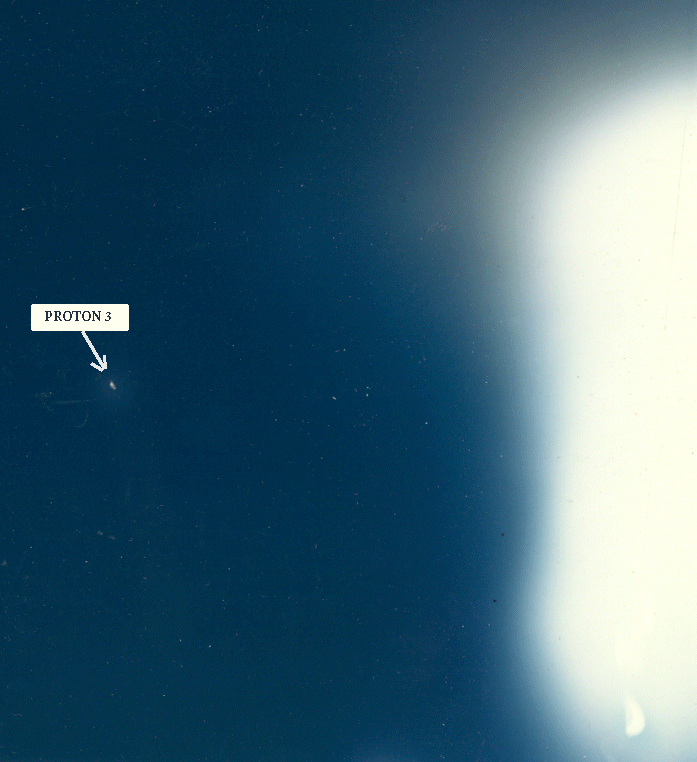
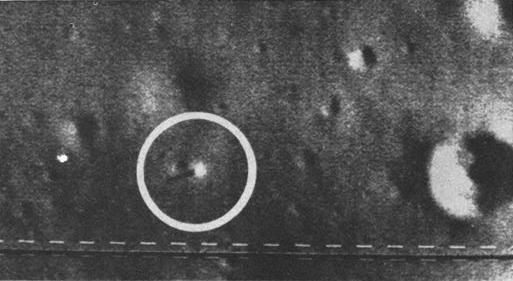
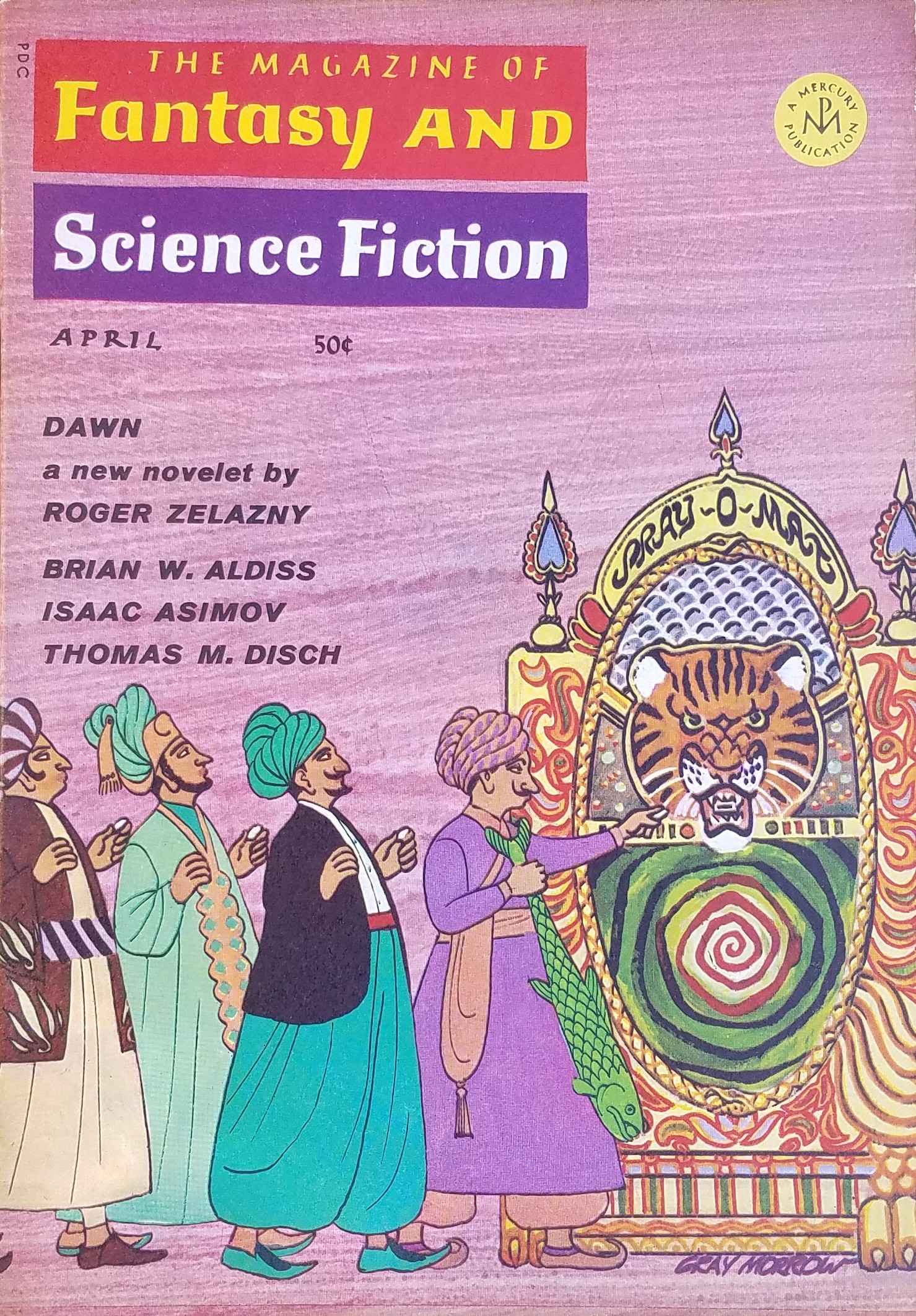
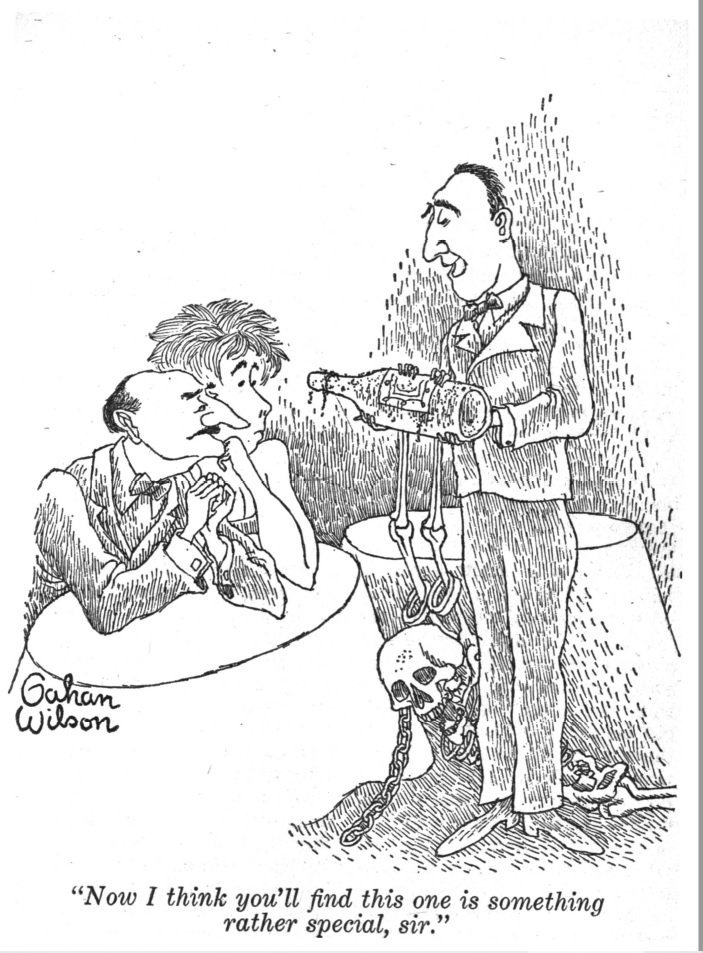

![[March 16, 1967] A Matter of Life and Death (<i>Why Call Them Back From Heaven?</i> by Clifford D. Simak; <i>Tarnsman of Gor</i>, by John Norman)](https://galacticjourney.org/wp-content/uploads/2022/03/670316covers-672x372.jpg)


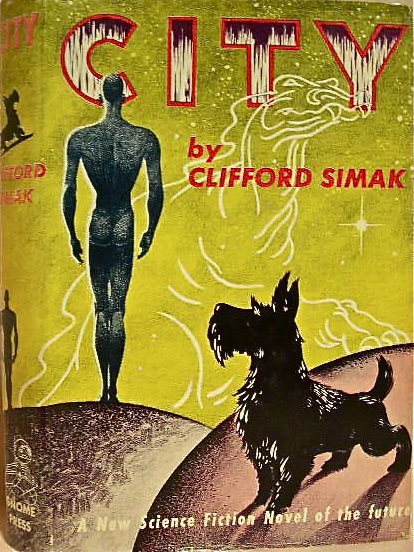










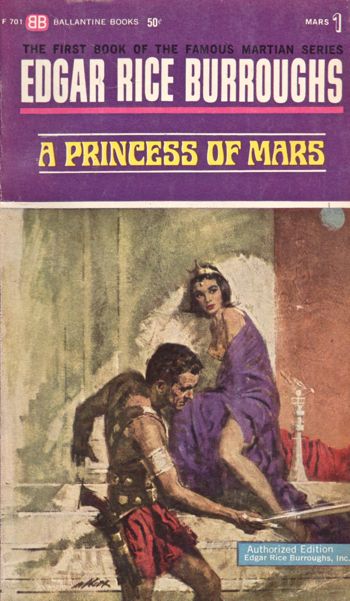
![[March 14, 1967] Family Matters (April 1967 <i>Amazing</i>)](https://galacticjourney.org/wp-content/uploads/2022/03/amazing-apr-1967-cover-489x372.png)



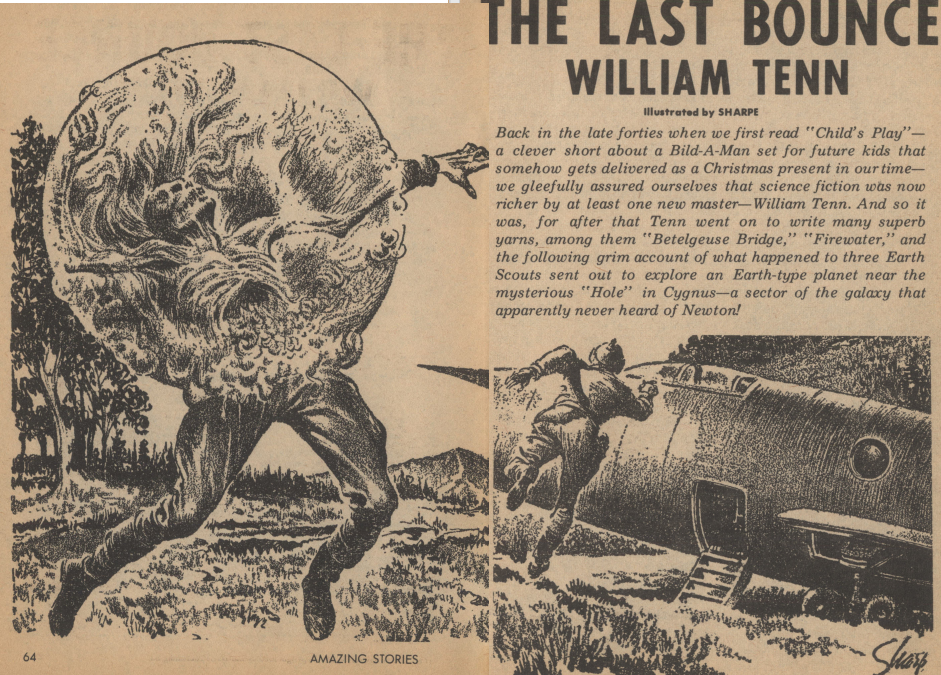
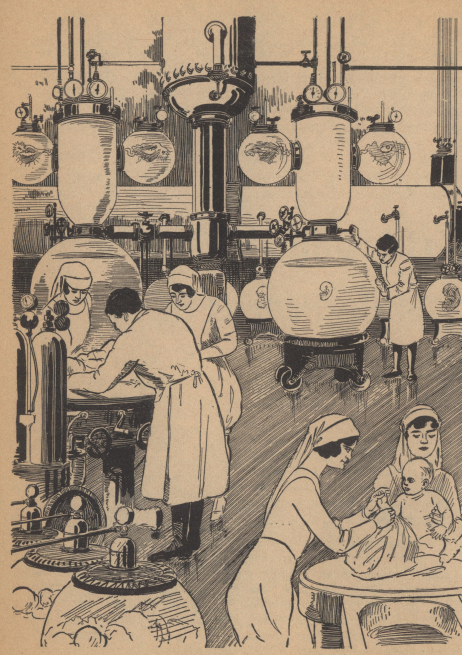

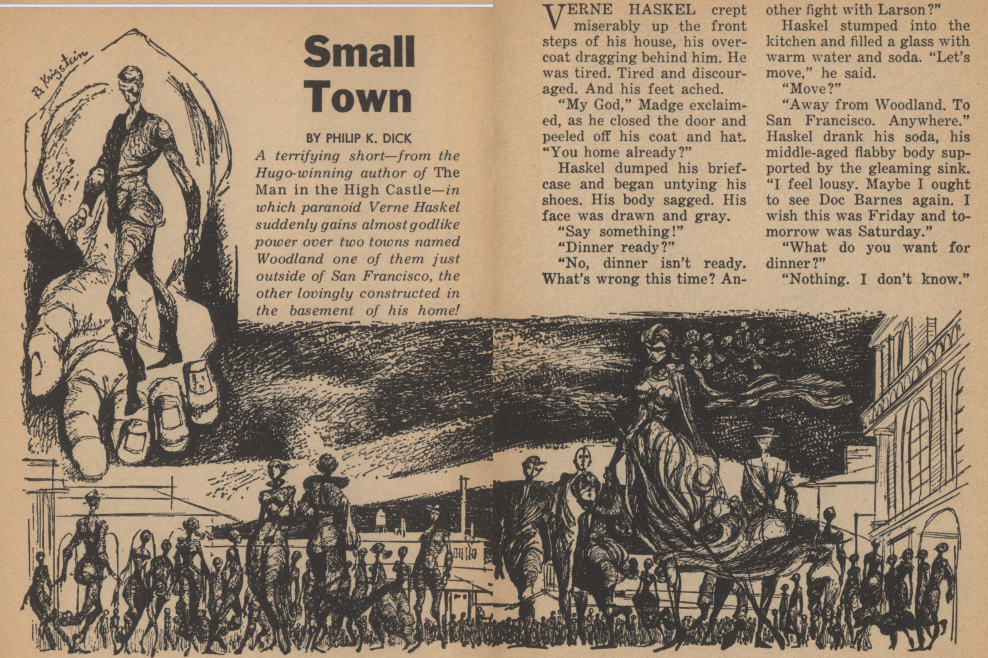
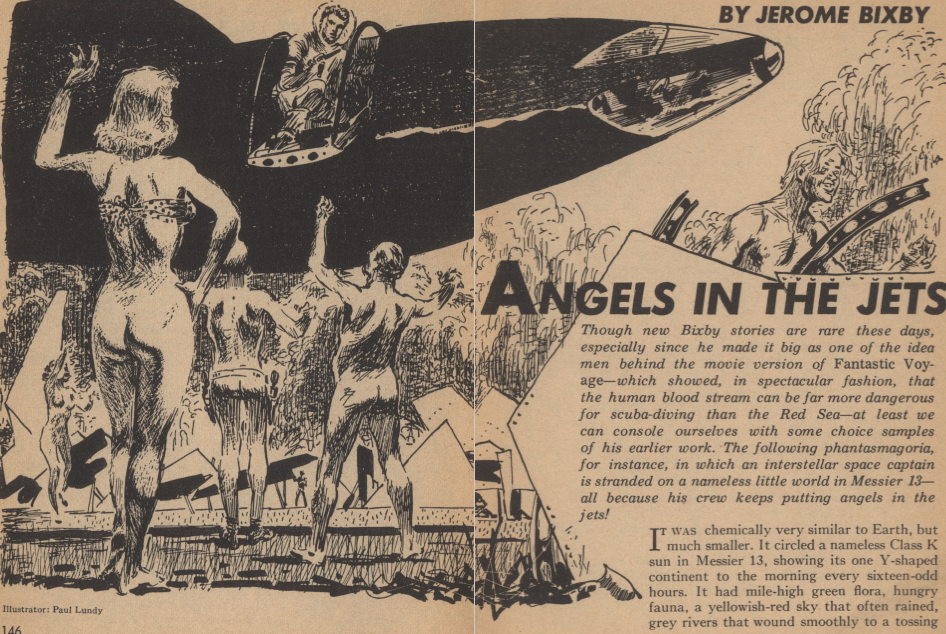
![[March 10, 1967] Mediocrités, Slayer of Magazines (April 1967 <i>Galaxy</i>)](https://galacticjourney.org/wp-content/uploads/2022/03/670310cover-672x372.jpg)

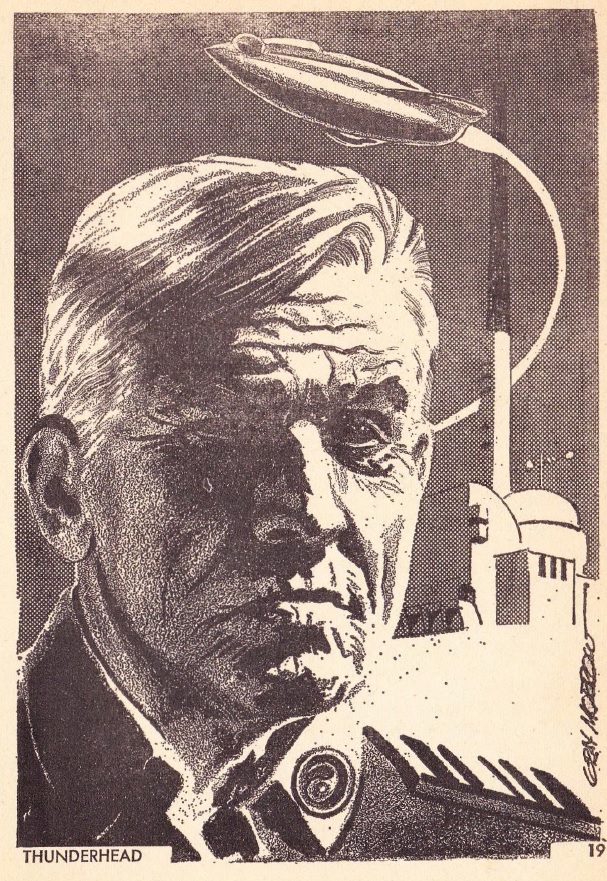
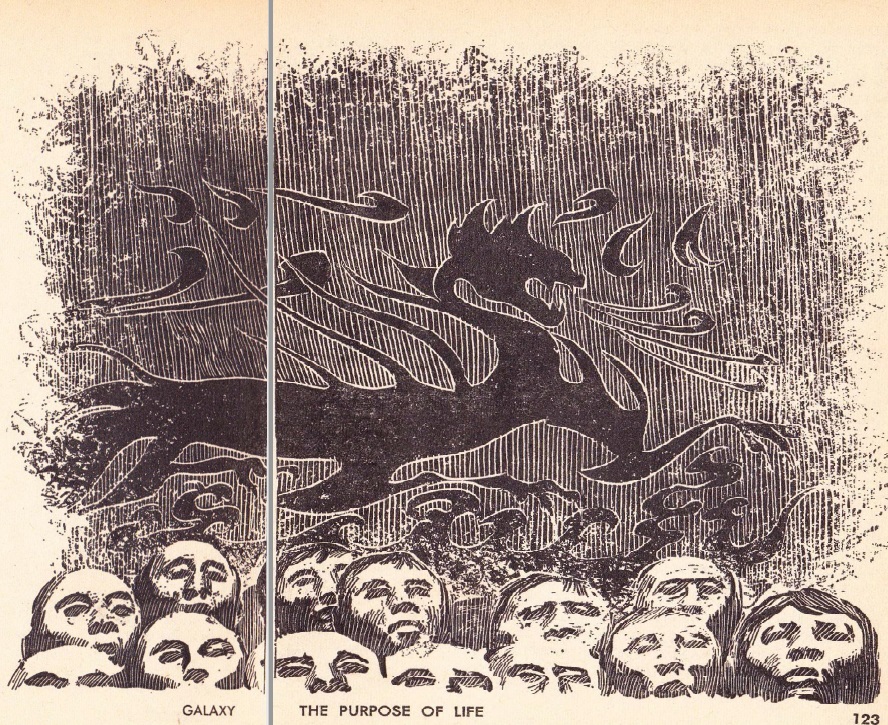

![[March 8, 1967] Absolute perfection (<i>Star Trek</i>: "This Side of Paradise")](https://galacticjourney.org/wp-content/uploads/2022/03/670308title-672x372.jpg)



















![[March 6, 1967] Men On The Moon (<i>Doctor Who</i>: The Moonbase)](https://galacticjourney.org/wp-content/uploads/2022/03/660306invasion-672x372.jpg)


![[March 2, 1967] (<i>Star Trek</i>: "A Taste of Armageddon")](https://galacticjourney.org/wp-content/uploads/2022/02/670302title-672x372.jpg)













![[February 28, 1967] The Big Stall (March 1967 <i>Analog</i>)](https://galacticjourney.org/wp-content/uploads/2022/02/670228cover-672x372.jpg)


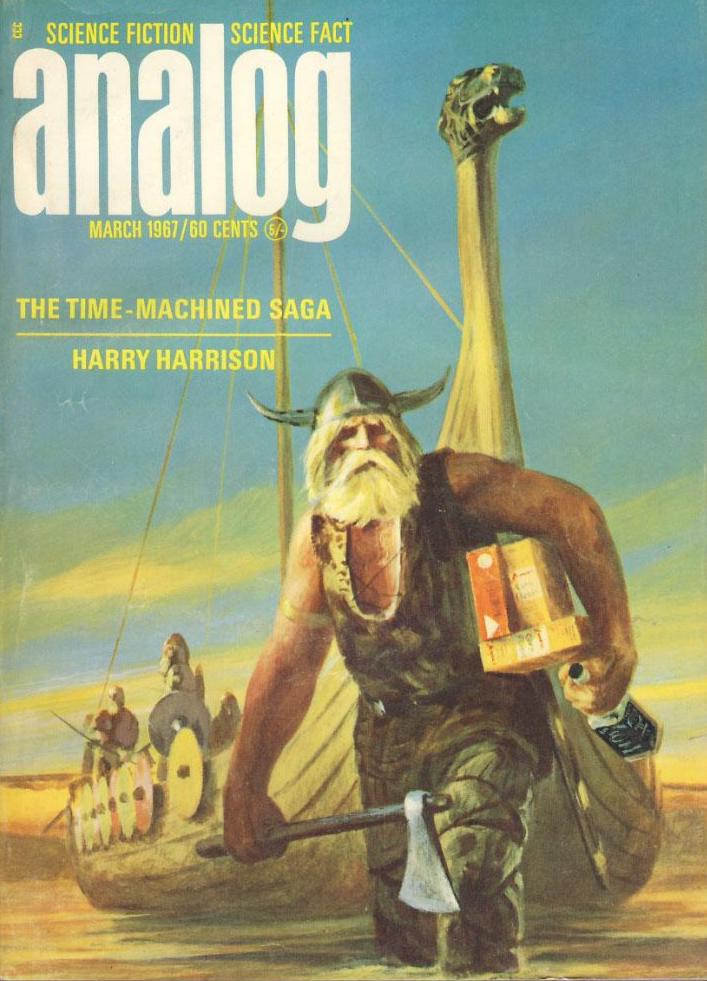
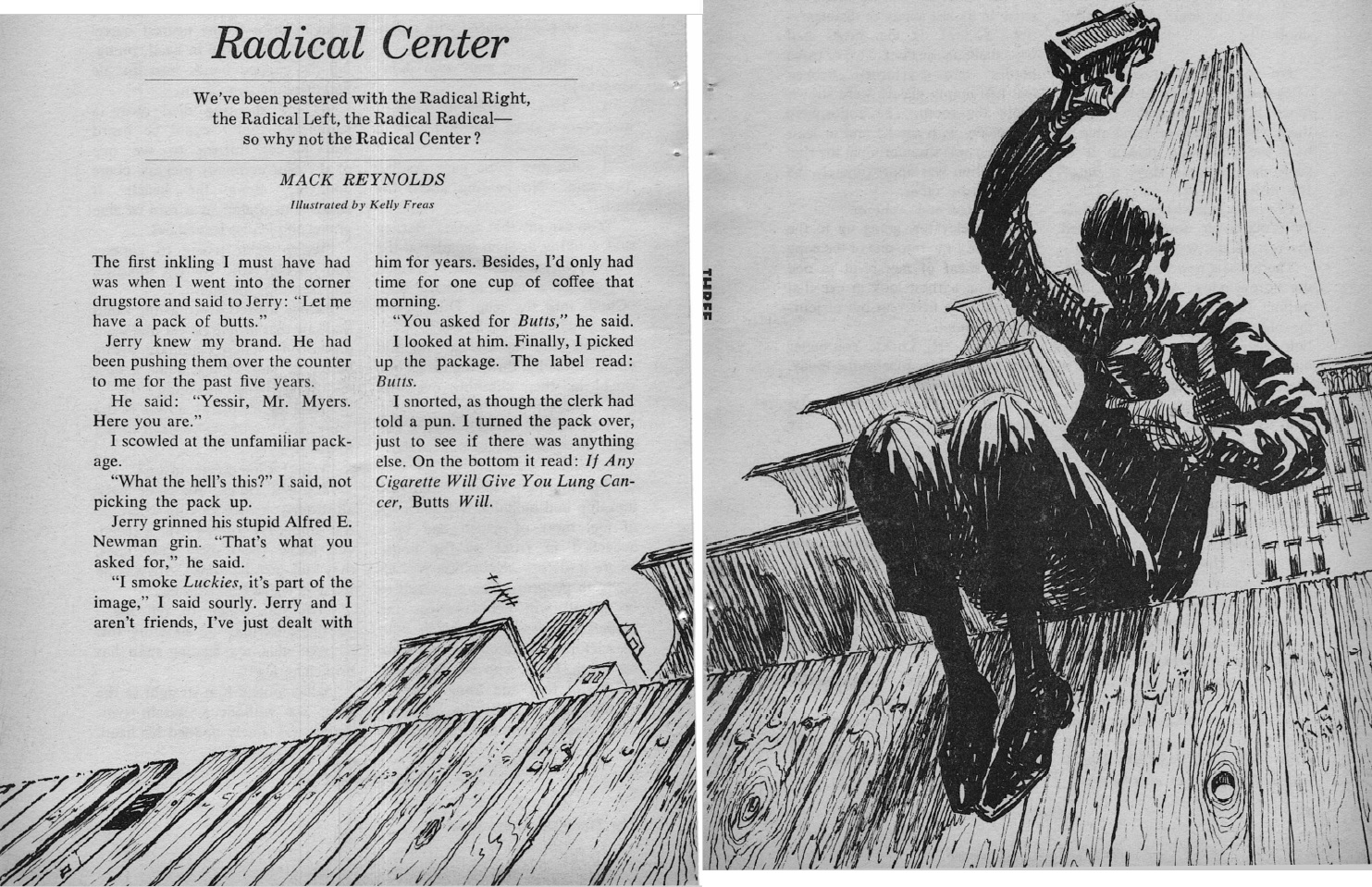


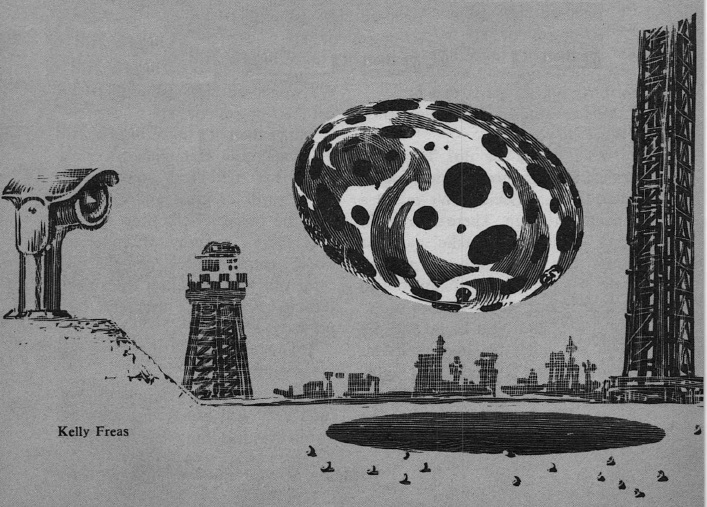
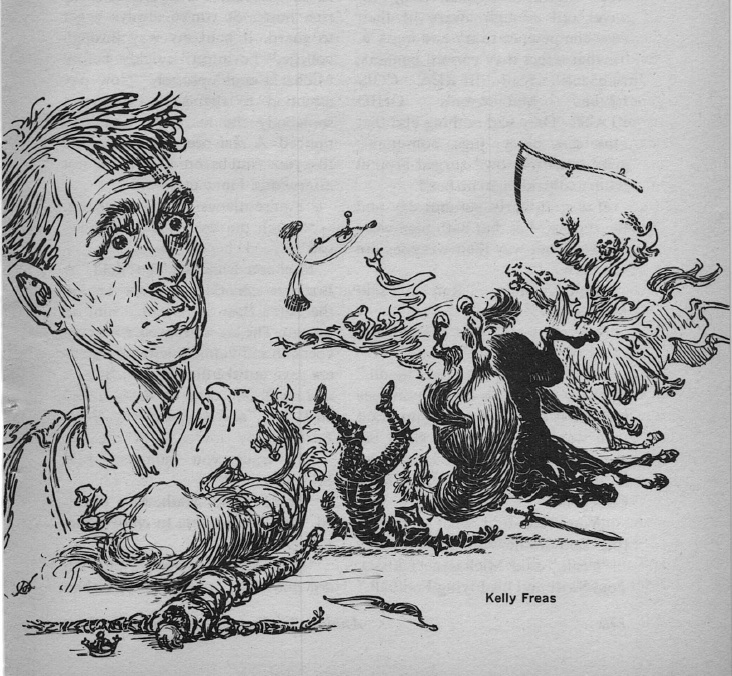

![[February 22, 1967] Where some (super)men had gone before (<i>Star Trek's</i>: "Space Seed")](https://galacticjourney.org/wp-content/uploads/2022/02/670222title-672x372.jpg)
